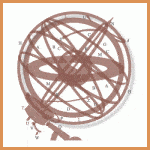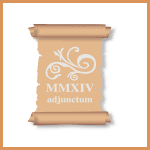Your Reliability Engineering Professional Development Hub
Join a community of reliability professionals.
Enjoy learning from the combined knowledge of your peers and masters in the field. Find solutions to the many daily and career challenges you face as a reliability professional.
Here’s what we’ve got for you:
The reliability engineering focused podcast network. Featuring Speaking of Reliability: A show where good friends discuss your reliability engineering questions. Showcasing Dare to Know: Interviews with Quality and Reliability Thought Leaders.
Gain insights that help you master the field of reliability engineering and solve problems. Enjoy the articles and essays and now including a series of short tutorials.
Curated listing of available resources. Find what you need to improve your reliability knowledge. Books: A professional library marks a serious professional.
Podcasts: A range of engineering focused shows.
… and more on the way
Podcasts: A range of engineering focused shows.
… and more on the way
Free courses for members including 14 Ways to Acquire Reliability Engineering Knowledge. Comprehensive courses (with a fee) on a range of topics (coming soon).
… let us know the course topics you need for your professional development
… let us know the course topics you need for your professional development
Finding Value: How to Determine the Value of Reliability Engineering Activities
Reliability Maturity: Understand and Improve Your Reliability Program
… and more on the way
A monthly free Accendo Reliability Webinar series where we explore and discuss reliability engineering topics. Exclusive member’s only events for deeper discussions focused on your questions and challenges.






